Python-Powered Blockchain Revolution - Blockchain Development Tool
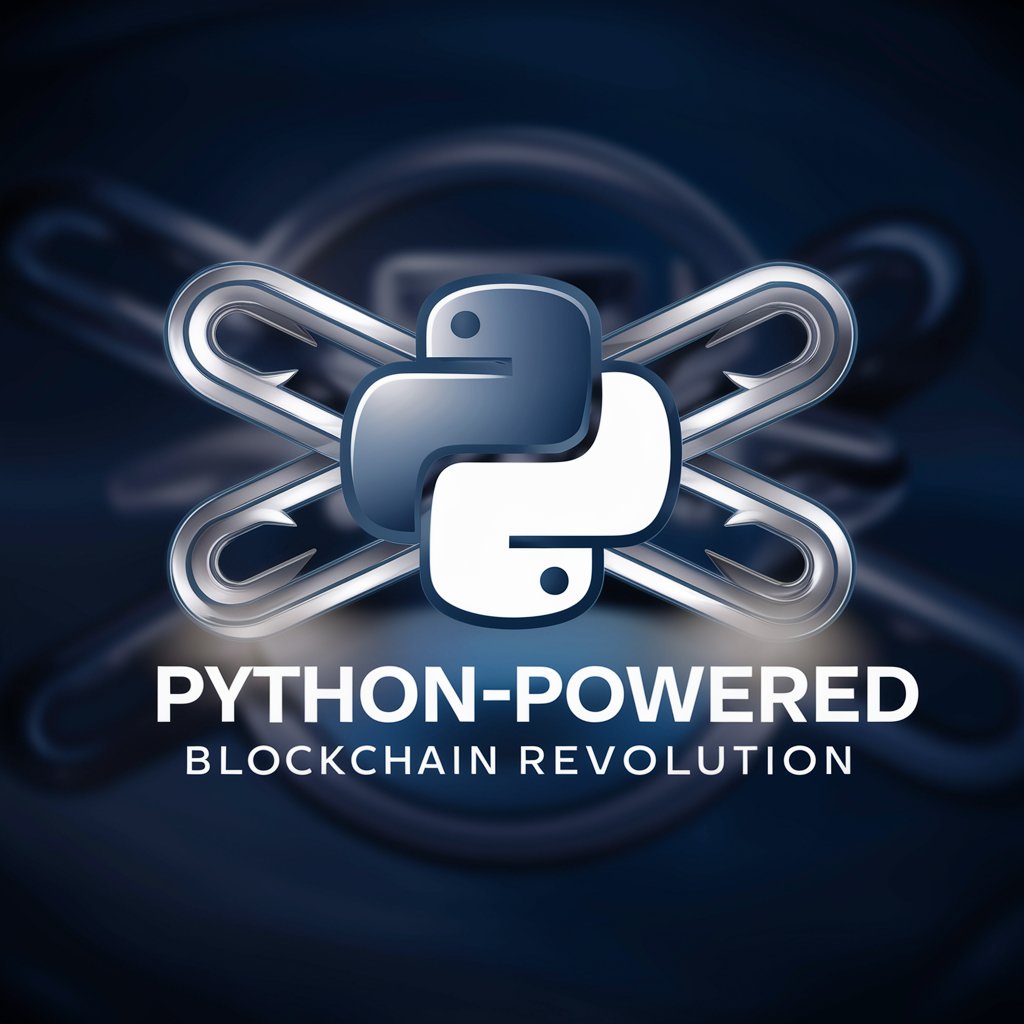
Welcome to the future of blockchain with Python!
Empowering blockchain innovation with AI
Can you explain how the proof-of-stake consensus algorithm works?
How do you implement a basic smart contract in Python?
What are the key cryptographic principles used in blockchain?
How can we ensure the scalability of our blockchain network?
Get Embed Code
Introduction to Python-Powered Blockchain Revolution
Python-Powered Blockchain Revolution is designed to leverage the power of Python programming in the development and operation of blockchain technology, specifically tailored for cryptocurrency projects. It embodies principles such as decentralization, immutability, and cryptographic security, focusing on creating a robust architecture for blockchain networks. Through Python, it offers a versatile platform for coding smart contracts, managing transactions, and ensuring network scalability and integrity. The design purpose revolves around providing an accessible yet powerful toolkit for blockchain development, emphasizing clean, readable, and efficient Python code. Scenarios like developing a new cryptocurrency, creating decentralized applications (dApps), or enhancing blockchain security protocols are prime examples where Python-Powered Blockchain Revolution shines, offering tailored solutions for each aspect of blockchain development. Powered by ChatGPT-4o。

Main Functions of Python-Powered Blockchain Revolution
Blockchain Architecture Design
Example
Designing the structural framework of a blockchain, including the ledger, consensus mechanism, and node network.
Scenario
Developers aiming to launch a new cryptocurrency would utilize this function to lay down the foundational structure of their blockchain, ensuring it aligns with their specific requirements for security, efficiency, and scalability.
Smart Contract Development
Example
Writing self-executing contracts with the terms of the agreement directly written into lines of code.
Scenario
Businesses seeking to automate operations, such as supply chain management, can leverage smart contracts for transparent, conflict-free transactions without the need for intermediaries.
Transaction Management and Security
Example
Ensuring secure, efficient, and verifiable transactions within the blockchain network.
Scenario
Financial institutions implementing blockchain for secure transactions can use this function to manage and verify transactions swiftly, reducing fraud and enhancing user trust.
Consensus Algorithm Implementation
Example
Coding algorithms like Proof of Work or Proof of Stake to validate transactions and add new blocks to the blockchain.
Scenario
Emerging cryptocurrencies might adopt this function to decide on a consensus mechanism that best suits their network's size, security needs, and energy efficiency goals.
Ideal Users of Python-Powered Blockchain Revolution Services
Blockchain Developers
Developers focusing on creating or enhancing cryptocurrencies, dApps, or any blockchain-based applications. They benefit from the platform's comprehensive toolkit for blockchain development, including smart contract coding, transaction management, and blockchain architecture design.
Startups and Enterprises
Businesses exploring blockchain to innovate or improve their existing services, such as by integrating decentralized finance (DeFi) elements, enhancing data security, or streamlining operations through smart contracts. They value the platform for its ability to provide customized blockchain solutions that cater to their specific business needs.
Educators and Researchers
Academics and industry researchers looking to explore, teach, or experiment with blockchain technology and its applications. They appreciate the platform's clarity, thoroughness, and the educational value it brings to complex blockchain concepts and implementations.

How to Utilize Python-Powered Blockchain Revolution
Step 1
Visit yeschat.ai for a complimentary trial, accessible without the necessity for login or subscribing to ChatGPT Plus.
Step 2
Familiarize yourself with Python programming and blockchain fundamentals. Prior knowledge in Python coding, cryptographic algorithms, and understanding of decentralized systems will enhance your experience.
Step 3
Choose your blockchain parameters such as consensus mechanism, block structure, and cryptographic hash functions. These choices are crucial for tailoring your blockchain application.
Step 4
Start coding your blockchain application. Use the tool to design your blockchain architecture, write smart contracts, and integrate consensus algorithms.
Step 5
Test and deploy your blockchain network. Leverage the tool to simulate transactions, validate the integrity of your blockchain, and ensure scalability and security.
Try other advanced and practical GPTs
Blockchain & Cryptocurrency Guide
Empowering crypto knowledge with AI

Culinary Companion
Elevate Your Cooking with AI

Innovation Titans- Genius Mastermind brainstorming
Harness legendary wisdom for modern innovation.
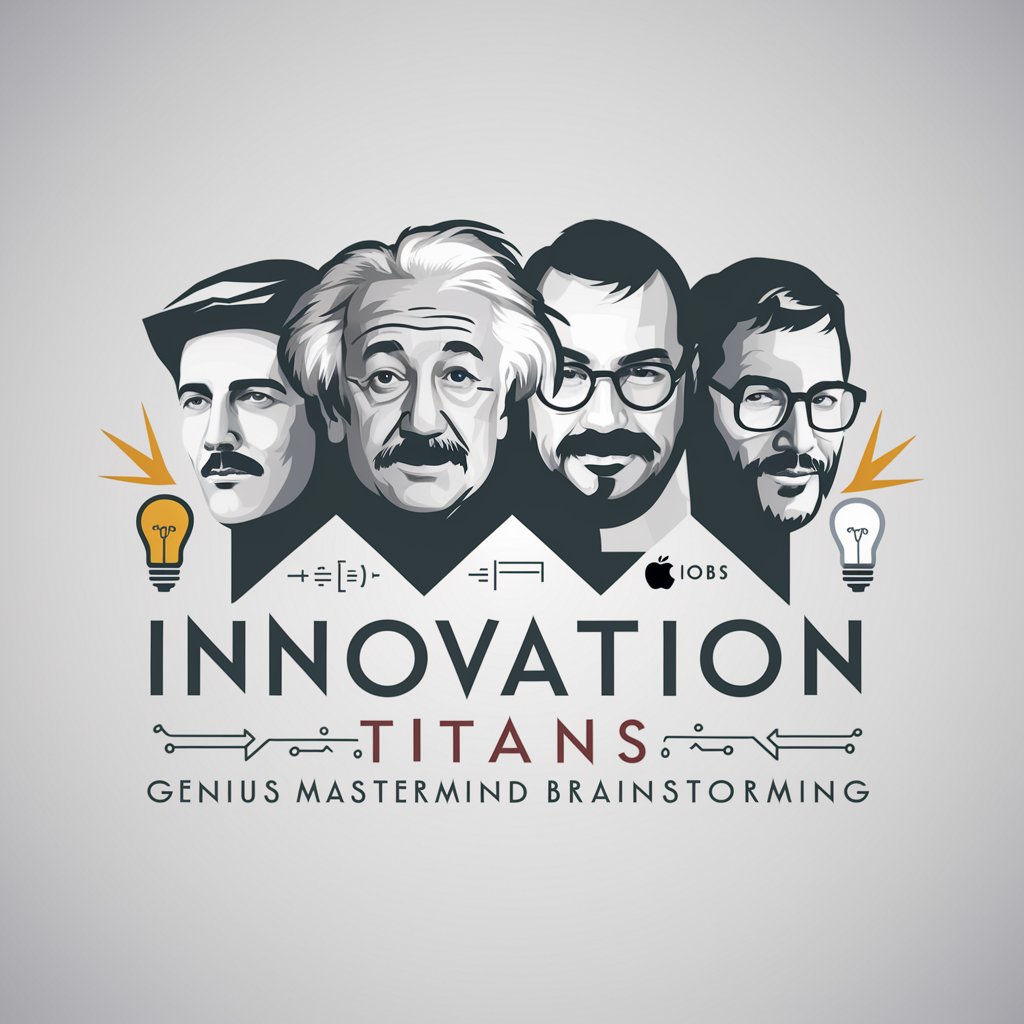
English Teacher GPT
Empowering your English journey with AI.

Content Strategist GPT
Crafting Strategies, Driving Engagement

Content Guide GPT
Empower Your Content with AI

🛠️ CMake Third-Party Integration
Automate your CMake library integrations effortlessly.
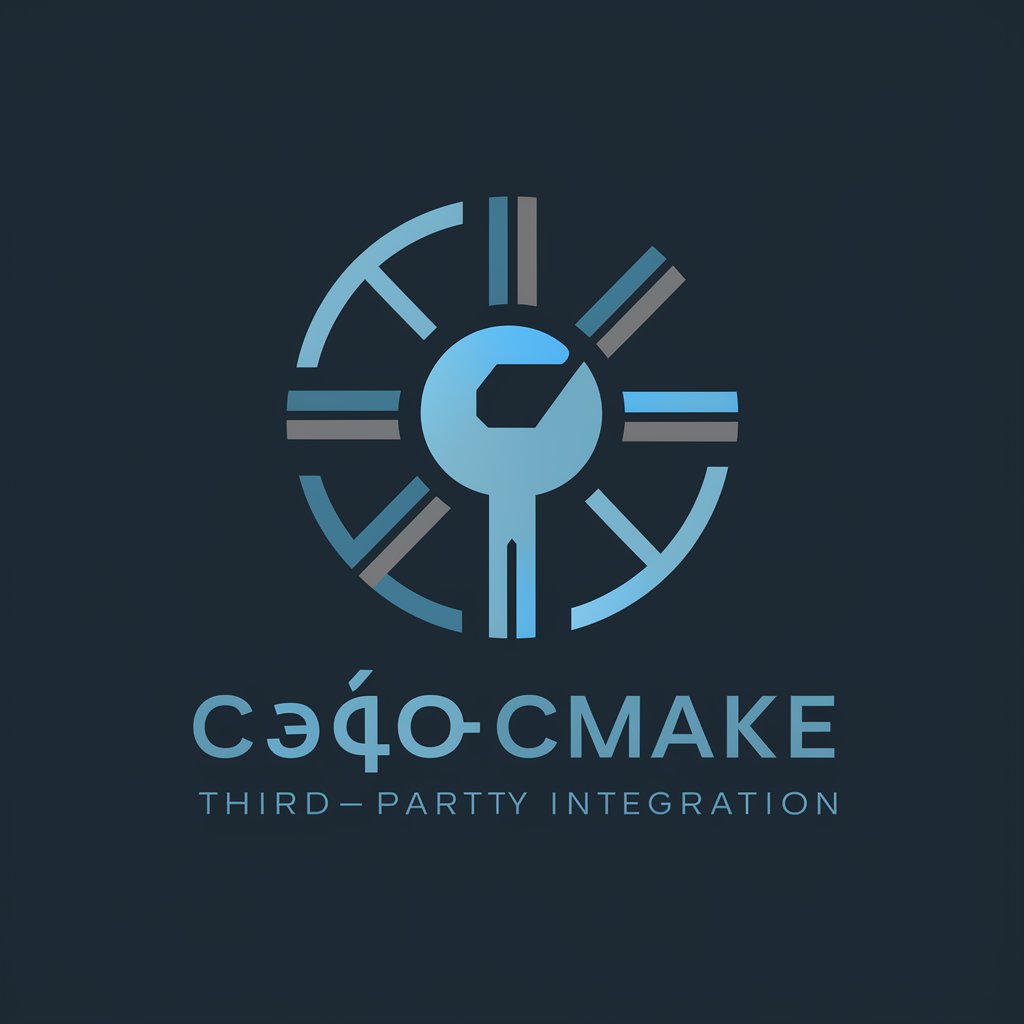
Python Generators: Streamline Your Data Handling
Streamline data with AI-powered efficiency

Math Problem Solver
AI-powered Math Education Companion
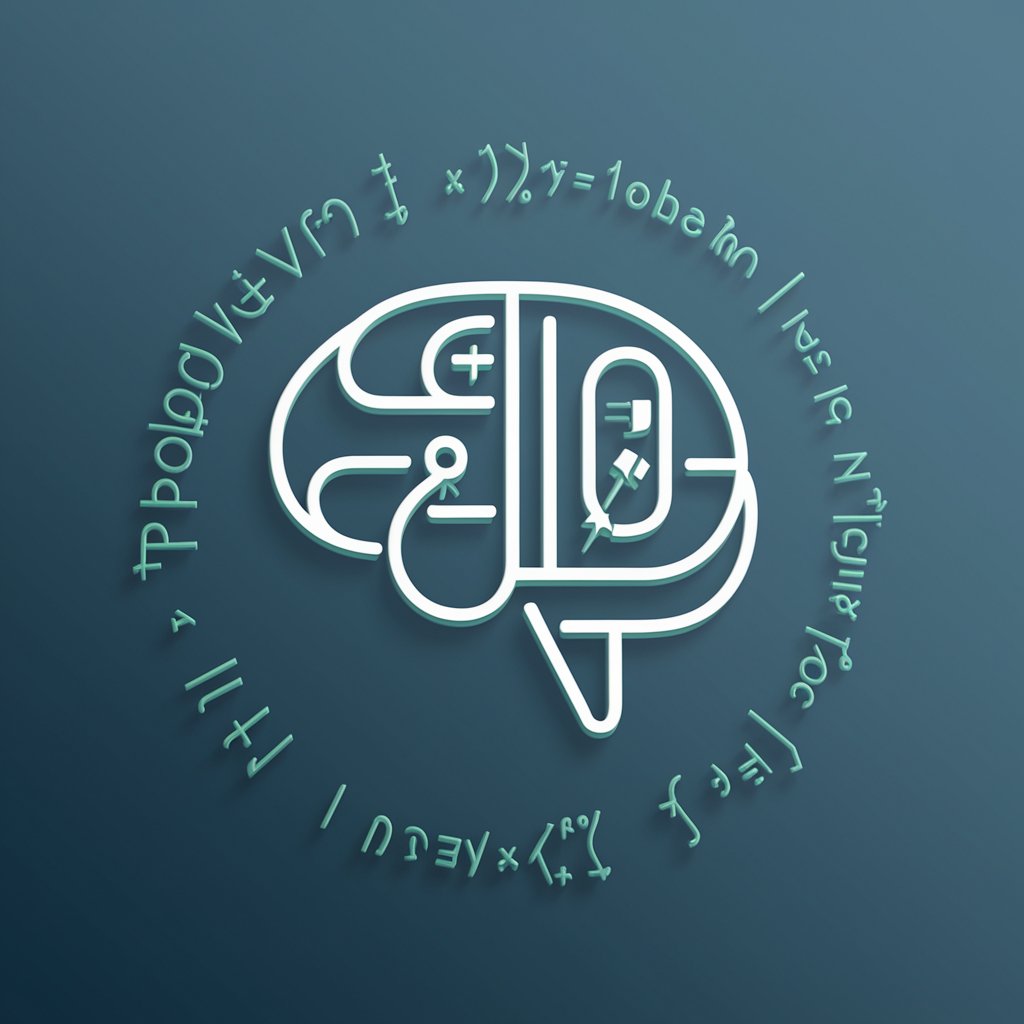
DIY Project Planner
Empowering Your DIY Dreams with AI

Automated Career Profile Analyst and Resume Tailor
AI-powered Career Enhancement

🦾 22.500+ Best Custom GPTs v2.0 (5.0⭐)
Empowering Your Goals with AI
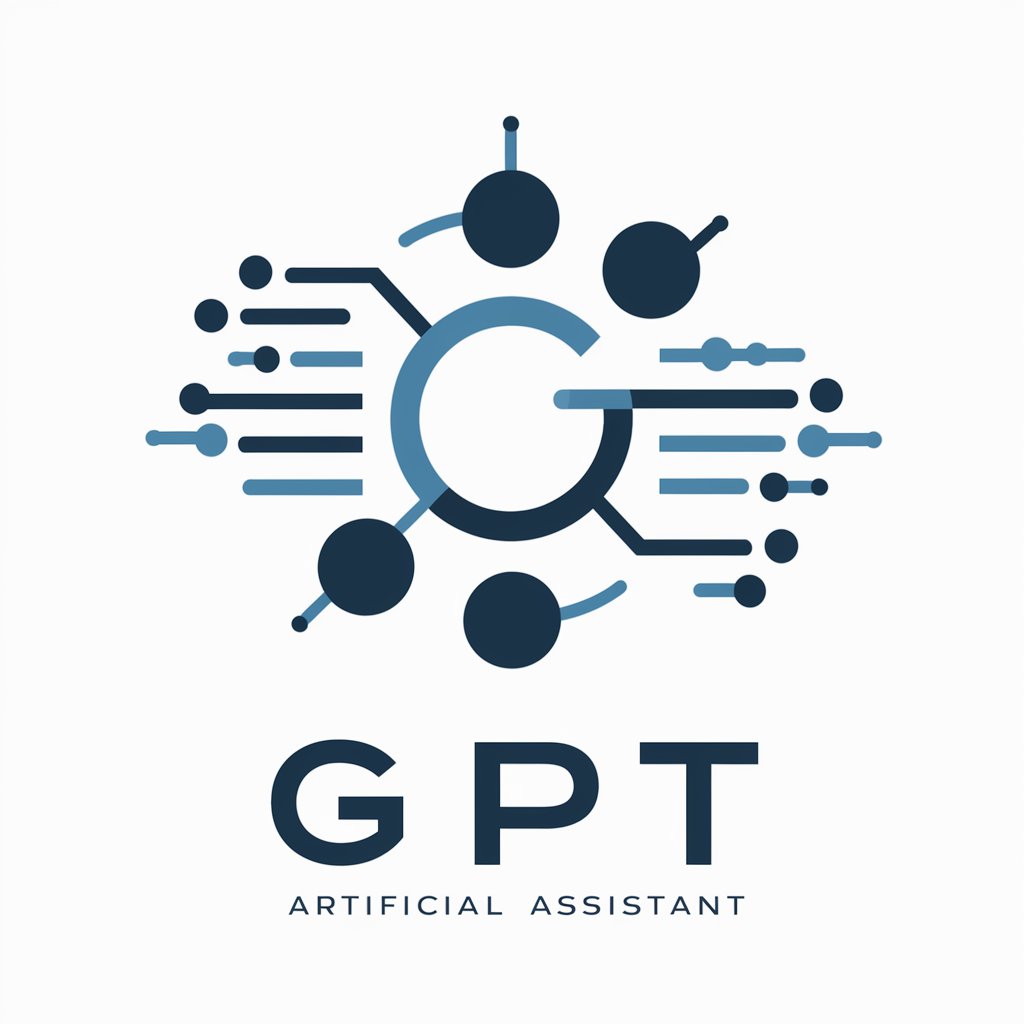
Frequently Asked Questions about Python-Powered Blockchain Revolution
What is Python-Powered Blockchain Revolution?
It's a specialized AI tool designed to assist in the development of blockchain technology using Python. It focuses on creating secure, efficient, and decentralized applications, including cryptocurrency projects.
Can I use this tool with limited Python knowledge?
While basic Python knowledge is beneficial, the tool is designed to guide users through the process of blockchain development, making it accessible even to those with limited coding experience.
What blockchain parameters can I customize?
Users can customize various blockchain parameters including consensus algorithms, block structure, and cryptographic hash functions, allowing for the creation of a tailored blockchain solution.
How does this tool ensure the security of the blockchain?
The tool adheres to cryptographic principles and implements secure coding practices to maintain the integrity, confidentiality, and availability of the blockchain network.
Is this tool suitable for building any type of blockchain application?
Yes, Python-Powered Blockchain Revolution is versatile and can be used to build a variety of blockchain applications, from cryptocurrencies to smart contracts and decentralized apps (DApps).
